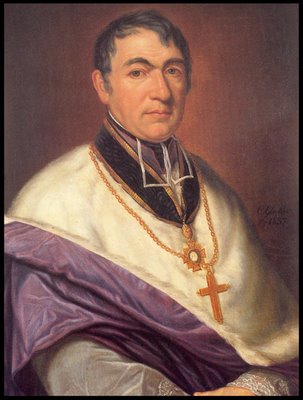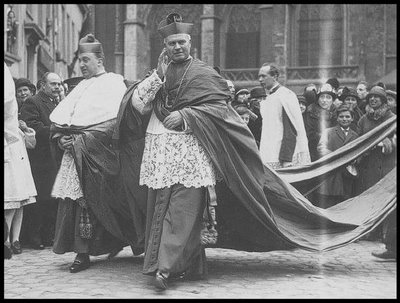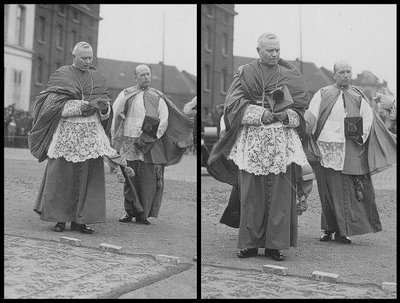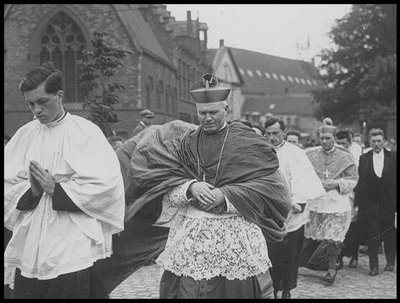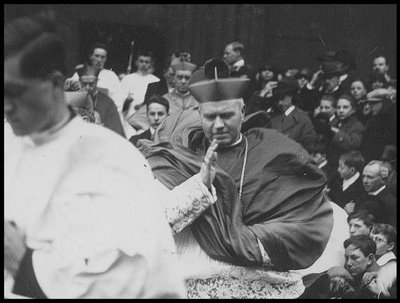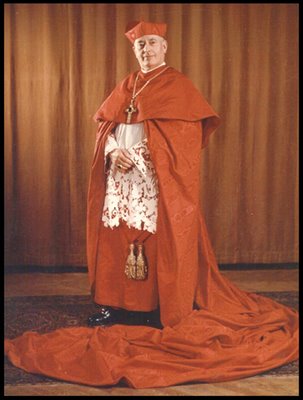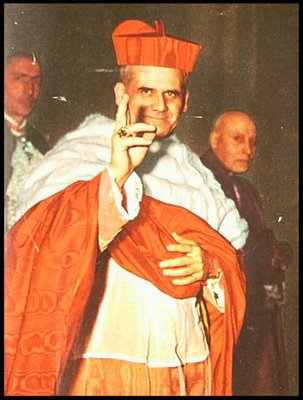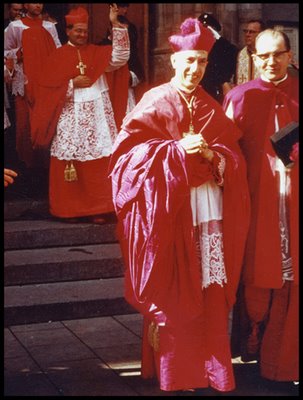Bye for now!
There will be no posting during the next 2 or 3 weeks.
But of course I wont leave without giving you a small Christmas-present first. So here are some more pictures from my "a blast from the past"-collection.
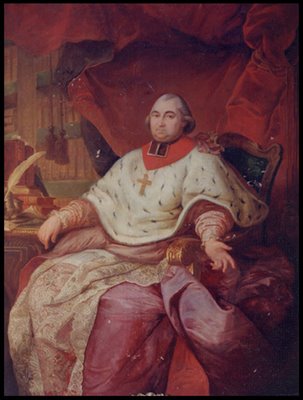
This is François-Antoine de Méan, the last prince-bishop of Liege in Belgium. After having been installed in September 1792, he already had to flee his town in February 1793, when the revolutionary army took Liege. De Méan returned one month later, when the Austrians occupied Liege and installed the old government. But in July 1794 the Austrians are driven out of the city again, de Méan is left without protection and leaves Liege. The end of the reign of the prince-bishops in Liege also meant the ruin of the beautiful and huge cathedral, which was savagely torn apart by the revolutionaries over the course of many years.
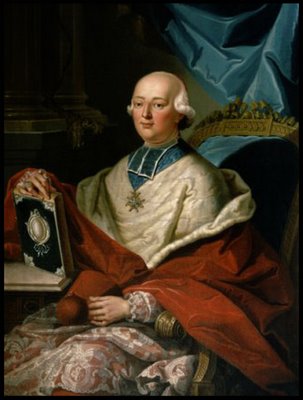
Another familiar face. This is Louis René Édouard, cardinal de Rohan of "the affair of the necklace" fame. OMG! Has anybody seen that movie with Hillary Swank in which Jonathan Pryce plays the cardinal? And we wonder why people nowadays do not know anything about their Church anymore unless it is grotesquely biased pseudo-historical "sex and crime"-stuff! Disgusting.
As for the last four prelates, I have no idea who they are.

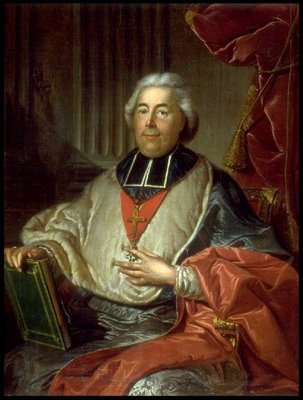


That's it for the next weeks. I wish you all a merry Christmas and all the blessings of the infant Jesus. See you again in 2007!
Leo
But of course I wont leave without giving you a small Christmas-present first. So here are some more pictures from my "a blast from the past"-collection.

This is François-Antoine de Méan, the last prince-bishop of Liege in Belgium. After having been installed in September 1792, he already had to flee his town in February 1793, when the revolutionary army took Liege. De Méan returned one month later, when the Austrians occupied Liege and installed the old government. But in July 1794 the Austrians are driven out of the city again, de Méan is left without protection and leaves Liege. The end of the reign of the prince-bishops in Liege also meant the ruin of the beautiful and huge cathedral, which was savagely torn apart by the revolutionaries over the course of many years.

Another familiar face. This is Louis René Édouard, cardinal de Rohan of "the affair of the necklace" fame. OMG! Has anybody seen that movie with Hillary Swank in which Jonathan Pryce plays the cardinal? And we wonder why people nowadays do not know anything about their Church anymore unless it is grotesquely biased pseudo-historical "sex and crime"-stuff! Disgusting.
As for the last four prelates, I have no idea who they are.




That's it for the next weeks. I wish you all a merry Christmas and all the blessings of the infant Jesus. See you again in 2007!
Leo


